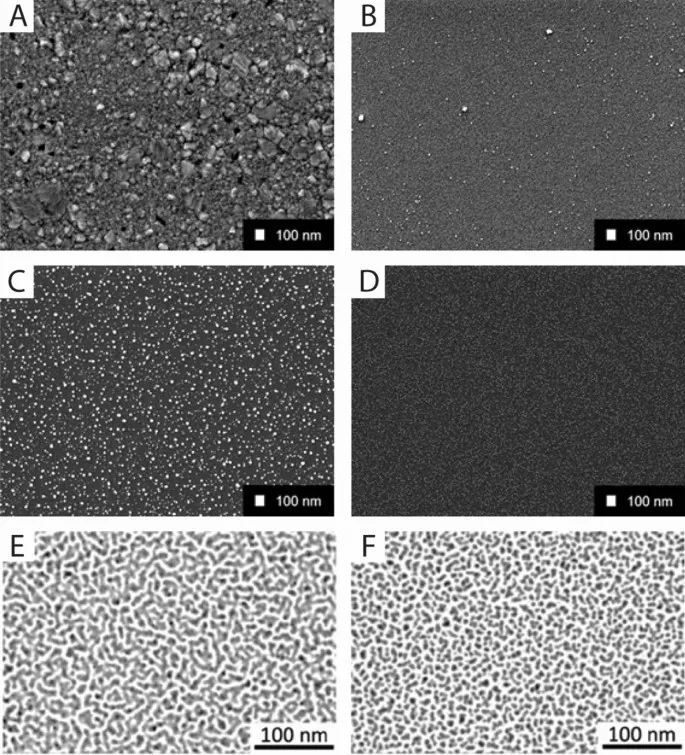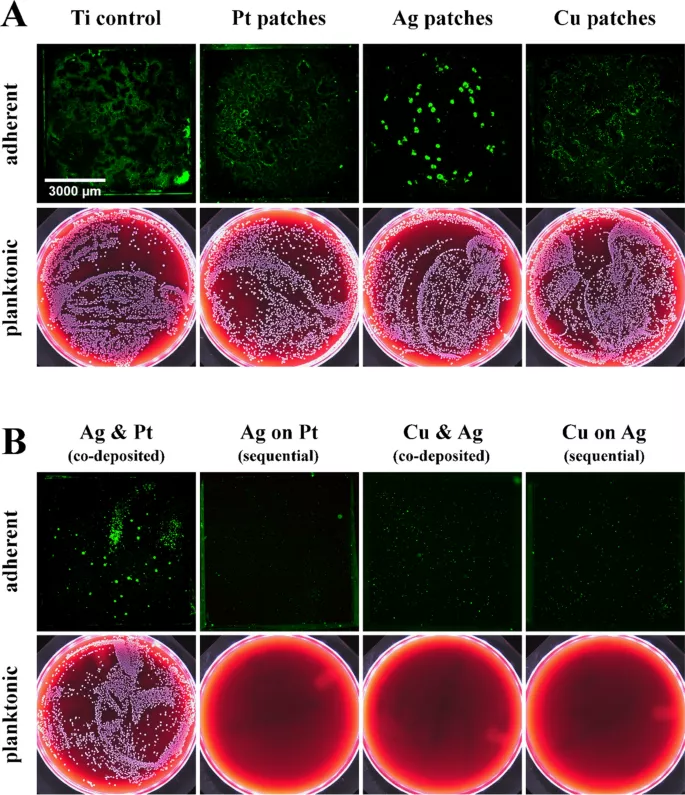Many pathogens are destroyed by silver and copper ions. Therefore, these metals are often used to coat implants and medical instruments. Researchers from Ruhr University and the Department of medical virology and materials research in Bochum, in collaboration with surgical researchers at bergmannsheil University Hospital in Bochum, investigated whether these metals could also help control the covid-19 pandemic by making the sars-cov-2 virus harmless They proved that the copper coating could eliminate the virus. Silver is different On May 3, 2022, the team published scientific report 》Their findings were published in the magazine.

As a result of corrosion, copper and silver release positively charged ions into their environment, which are harmful to bacteria in many ways, preventing their growth or completely killing them. This effect has long been exploited, such as coating implants with these metals to prevent bacterial infection.
There are some techniques that can be used to release more ions and enhance this effect. For example, the team led by Professor Alfred Ludwig, a materials researcher, used a so-called sputtering system, through which the thinnest metal layer or tiny nano spots can be applied to carrier materials. Depending on the order or number of individual metal applications, different surface textures are produced. If Platinum and other precious metals are used at the same time, silver will corrode faster and release more antibacterial ions.

Ludwig outlined the principle of sacrificial anodes: "in the presence of more noble metals, poorer metals sacrifice themselves. A surgical research team led by Professor Manfred K ö ller, Dr. Marina Breisch, has demonstrated the effectiveness of this sacrificial anode system for bacteria and has been published many times."
However, whether the virus can also become harmless in this way has not been investigated in detail. Professor Stephanie PF ä nder, a virologist, said: "this is why we analyzed the antiviral properties of copper or silver coated surfaces and various silver based sacrificial anodes, and also studied the reasons for the combination of copper and silver to understand the possible synergistic effects." The team compared the effectiveness of these surfaces against bacteria and viruses. "

Marina Breisch described the effect of these surfaces on Staphylococcus aureus. "Surfaces with sacrificial anode effect, especially nano patches composed of silver and platinum and the combination of silver and copper, effectively prevent the growth of bacteria."
Sars-cov-2 had a different situation: the thin copper coating greatly reduced the amount of virus after only one hour. On the other hand, the sputtered silver surface had little effect, and the silver nano patch had no effect on the virus.

"In short, the silver coating has no obvious effect on SARS virus infection," said stenif-2.
Successful interdisciplinary cooperation between materials research, clinical microbiology and virology will be deepened in future research to identify other materials with the most extensive antibacterial effects.